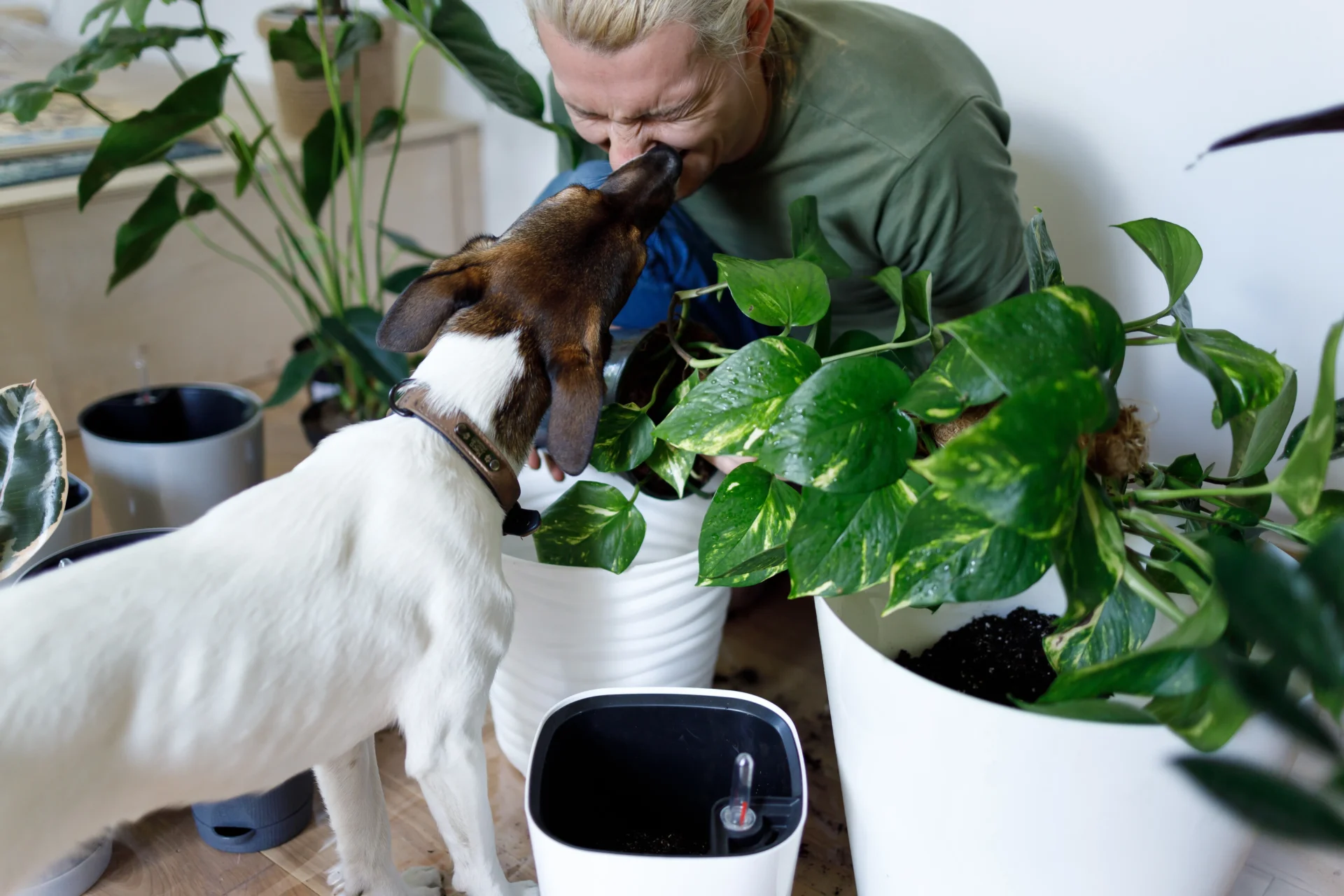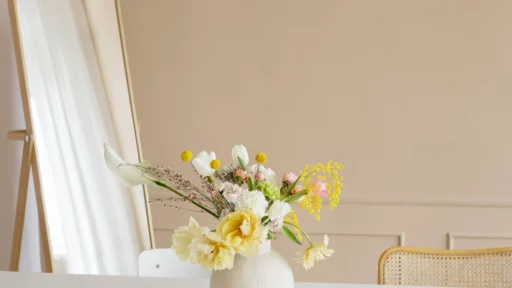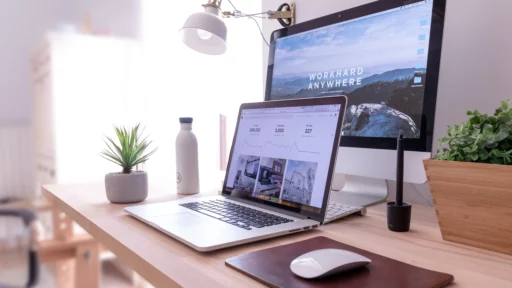In the heart of bustling urban landscapes, a green revolution is taking root. Urban gardening, once a niche practice, has blossomed into a widespread movement, transforming concrete jungles into vibrant oases of life. From community gardens to rooftop farms, urbanites are rediscovering the joy of growing their own food and reconnecting with nature in the midst of the cityscape.
Living in an apartment often means dealing with limited space for gardening. But fear not! Get creative by using your walls and windows. Hang planters, set up shelves, or use hanging baskets to make the most of vertical spaces. This not only saves room but also adds a stylish touch to your green haven.
Table of Contents
Introduction to Urban Gardening
The Urban Gardening Movement
Urban gardening encompasses a variety of practices, including container gardening, vertical gardens, and community gardening initiatives. It’s a response to the increasing demand for fresh, locally-grown produce and a desire to reduce our carbon footprint by promoting sustainable agriculture in urban areas. Organizations like the Food and Agriculture Organization of the United Nations recognize the vital role of urban agriculture in addressing food security and promoting environmental sustainability.
Embracing Greenery in Urban Spaces
Amidst the concrete jungle, urban gardening offers a refreshing avenue to infuse life and vitality into city dwellings. It’s a practice that brings the beauty of nature indoors, promoting well-being and a sense of tranquility amid the urban hustle.
Benefits of Apartment Gardening
Apart from the aesthetic appeal, apartment gardening has an array of benefits. It purifies the indoor air, reduces stress, and provides an opportunity for personal creativity and relaxation.
The benefits of urban gardening extend far beyond the bounty of fruits and vegetables it produces. By reclaiming unused spaces and transforming them into green havens, urban gardeners are creating vital habitats for wildlife, combating soil erosion, and promoting biodiversity in urban environments. Moreover, urban gardening fosters a sense of community and shared purpose, bringing people together to cultivate not just plants, but also friendships and a sense of belonging.
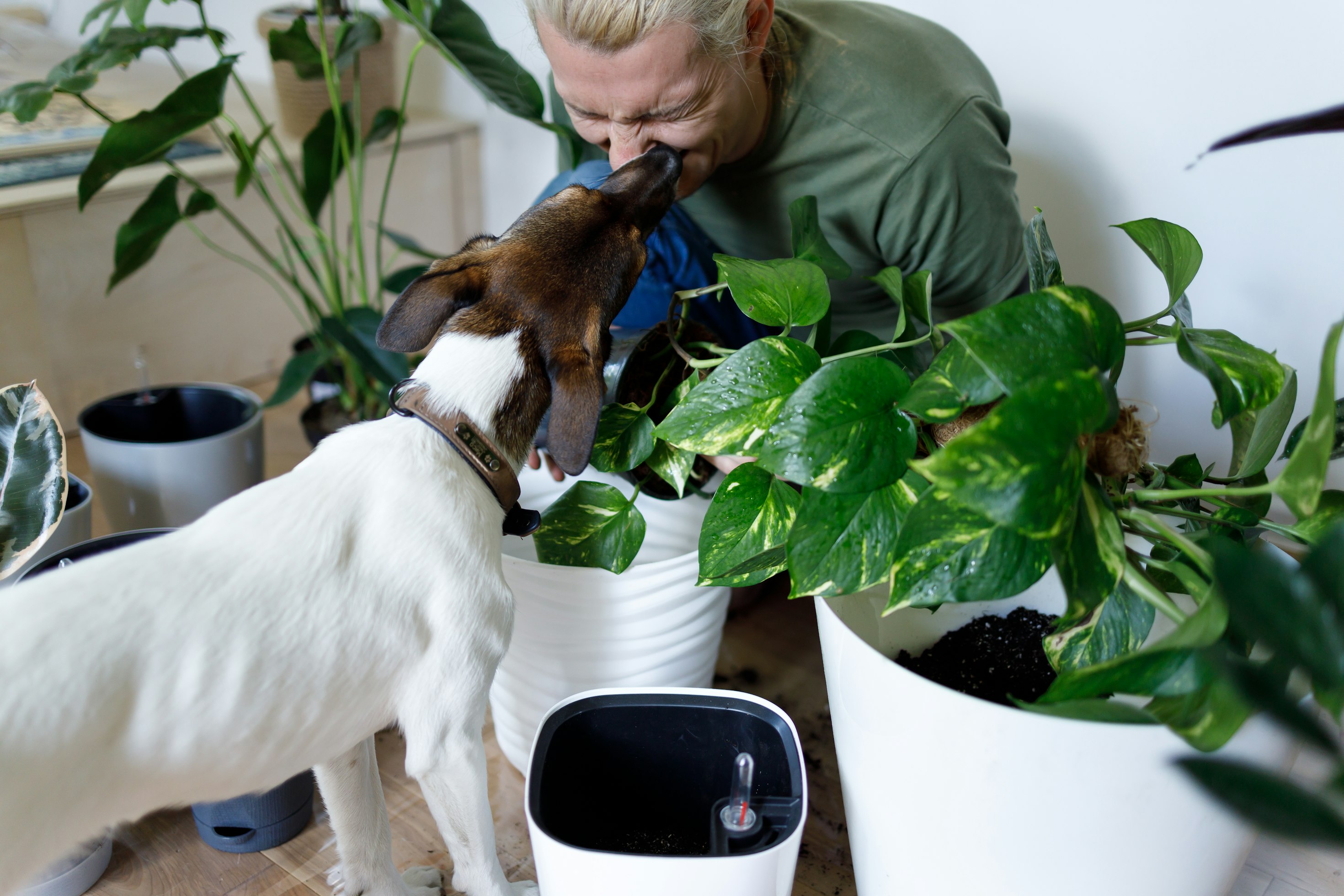
Choosing the Right Plants for Apartments
Best Plants for Indoor Gardens
When it comes to apartment gardening, selecting the right plants is crucial. Opt for low-maintenance, air-purifying plants like snake plants, peace lilies, or spider plants that thrive in indoor environments. Growing your own food can be an interesting way of adopting urban gardening. Get the easy tips to embrace your new sustainable lifestyle from Youtuber, Spicy Moustache. After you grow your food it will amazing to make plant-based home cook meal. Find the 9 plant-based recipes that are delicious and nutritional.
Factors to Consider for Apartment Gardening
Consider aspects such as available light, space constraints, and the microclimate of your apartment. Understanding these factors helps in choosing plants that will flourish within your specific environment.
Growing in Small Spaces
One of the beauties of urban gardening is its versatility. Even in the smallest of spaces, from small patios to ground-level garden beds, urban gardeners can create lush, productive gardens. Container gardening allows for the cultivation of crops in limited spaces, while raised beds maximize garden space and minimize the impact of soil contamination. Vertical gardens offer a creative solution for utilizing vertical space, turning bare walls into thriving green landscapes.
Setting Up Your Apartment Garden
Utilizing Vertical Spaces
In apartment living, space is a valuable commodity. Embrace vertical gardening by utilizing wall-mounted shelves, hanging planters, or trellises to maximize space. These solutions not only add a touch of greenery but also create an aesthetically pleasing visual appeal.
Container Gardening Techniques
Opt for containers suitable for your apartment garden, considering factors like drainage, size, and material. Containers like pots, hanging baskets, or repurposed containers can serve as ideal vessels for your green companions, allowing for mobility and flexibility.
Essential Tips for Successful Urban Gardening
Proper Light and Watering Strategies
Assess the natural light availability in your apartment and select plants accordingly. Ensure adequate watering, but be mindful not to overwater—maintaining the right balance is key to thriving plants.
Soil and Fertilization Requirements
Use quality potting soil suited for indoor plants to provide essential nutrients. Additionally, consider using organic fertilizers to nourish the soil and promote healthy growth without overwhelming the indoor environment with chemicals.
Nurturing the Urban Environment
Urban gardening also plays a crucial role in improving the quality of urban environments. Green spaces created by urban gardens help mitigate the heat island effect, reduce air pollution, and provide much-needed respite from the concrete jungle. By planting trees, shrubs, and other vegetation, gardeners enhance the aesthetic appeal of their surroundings while also providing essential habitat for urban wildlife.
Tips for Urban Gardeners:
For those interested in joining the urban gardening movement, here are a few tips to get started:
- Start small: Begin with a few easy-to-grow plants and gradually expand your garden as you gain experience.
- Choose the right plants: Select plants that thrive in your local climate and are well-suited to your available space.
- Utilize containers: If space is limited, consider growing plants in containers on balconies, patios, or windowsills.
- Practice water conservation: Use mulch to retain moisture, collect rainwater for irrigation, and water plants early in the morning or late in the evening to minimize evaporation.
- Get involved: Join a community garden or urban farming initiative to connect with like-minded individuals and contribute to the greening of your city.
Overcoming Challenges in Apartment Gardening
Managing Space Limitations
Small spaces demand creative solutions. Utilize wall-mounted herb gardens, window sill planters, or tiered shelving units to maximize space without compromising on greenery.
Dealing with Potential Pests and Issues
Keep an eye out for common indoor pests like aphids or fungus gnats. Address these issues promptly with natural remedies or insecticidal soaps to maintain the health of your indoor garden.

Enhancing Your Apartment Garden Experience
DIY Projects for Apartment Gardens
Engage in DIY projects like creating terrariums, building self-watering planters, or crafting macramé hangers to personalize and enhance the aesthetics of your apartment garden.
Creating a Relaxing Green Haven
Incorporate comfortable seating, ambient lighting, and soothing sounds to transform your apartment garden into a serene retreat—a perfect spot for relaxation and unwinding amidst nature.
Conclusion
In conclusion, urban gardening offers a myriad of benefits for individuals, communities, and the environment alike. By harnessing the power of nature in urban spaces, we can create thriving ecosystems, nourish our bodies with fresh, nutritious food, and cultivate a sense of connection and stewardship for the world around us.
Whether you have a sprawling garden or just a few containers on a balcony, urban gardening offers a pathway to a greener, more sustainable future for all.
Urban gardening offers a fulfilling way to transform your apartment into a green sanctuary, bringing nature closer in the midst of city living. By embracing apartment gardening, one not only enhances the aesthetics but also reaps numerous mental and physical health benefits.
This comprehensive guide empowers apartment dwellers to cultivate their green space, fostering a harmonious coexistence with nature within the urban setting.
The urban gardening means growing plants, urban vegetable gardens in urban environment. Community gardens over urban horticulture is pretty popular around city. Urban farming means fresh food and agriculture organization.
The carbon footprint has led to use urban gardening to create positive impact among urban area. Public spaces being shared space in cities. There are many benefits of growing plants such as vegetables, fruits, plant etc.
The roots of these planting forms need animals, sunlight, soil and land. Urban garden, urban gardens, urban agriculture and urban farm allows plant to grow food. It seems the trend will continue.
FAQs About Apartment Gardening
1. What are some low-maintenance plants ideal for apartment gardening?
- Some low-maintenance plants suitable for apartments include snake plants, pothos, spider plants, and succulents.
2. How can I ensure proper lighting for my indoor plants in an apartment?
- Place plants near windows with adequate sunlight or consider using artificial grow lights if natural light is limited.
3. Can I grow vegetables in an apartment setting?
- Yes, you can grow certain vegetables like cherry tomatoes, herbs, peppers, and microgreens in containers indoors.
4. What are effective natural remedies for indoor plant pests?
- Neem oil, soap spray, and diatomaceous earth are natural remedies effective against common indoor plant pests.
5. How do I prevent overwatering my indoor plants?
- Use well-draining pots and check the moisture level in the soil before watering. Stick to a consistent watering schedule and avoid waterlogged conditions.

